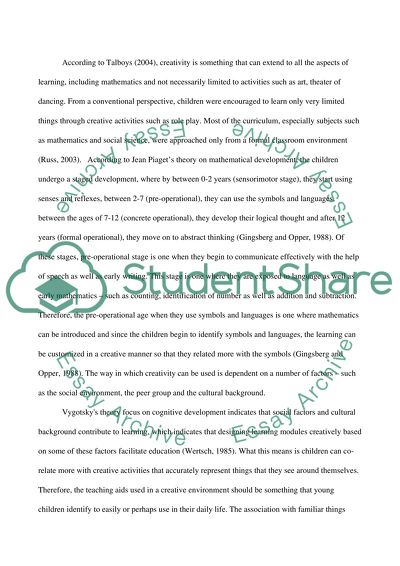Cite this document
(“How can a creative corner encourage a group of 3-4 year old Essay”, n.d.)
How can a creative corner encourage a group of 3-4 year old Essay. Retrieved from https://studentshare.org/education/1616292-how-can-a-creative-corner-encourage-a-group-of-3-4-year-old-mathematical-development
How can a creative corner encourage a group of 3-4 year old Essay. Retrieved from https://studentshare.org/education/1616292-how-can-a-creative-corner-encourage-a-group-of-3-4-year-old-mathematical-development
(How Can a Creative Corner Encourage a Group of 3-4 Year Old Essay)
How Can a Creative Corner Encourage a Group of 3-4 Year Old Essay. https://studentshare.org/education/1616292-how-can-a-creative-corner-encourage-a-group-of-3-4-year-old-mathematical-development.
How Can a Creative Corner Encourage a Group of 3-4 Year Old Essay. https://studentshare.org/education/1616292-how-can-a-creative-corner-encourage-a-group-of-3-4-year-old-mathematical-development.
“How Can a Creative Corner Encourage a Group of 3-4 Year Old Essay”, n.d. https://studentshare.org/education/1616292-how-can-a-creative-corner-encourage-a-group-of-3-4-year-old-mathematical-development.


